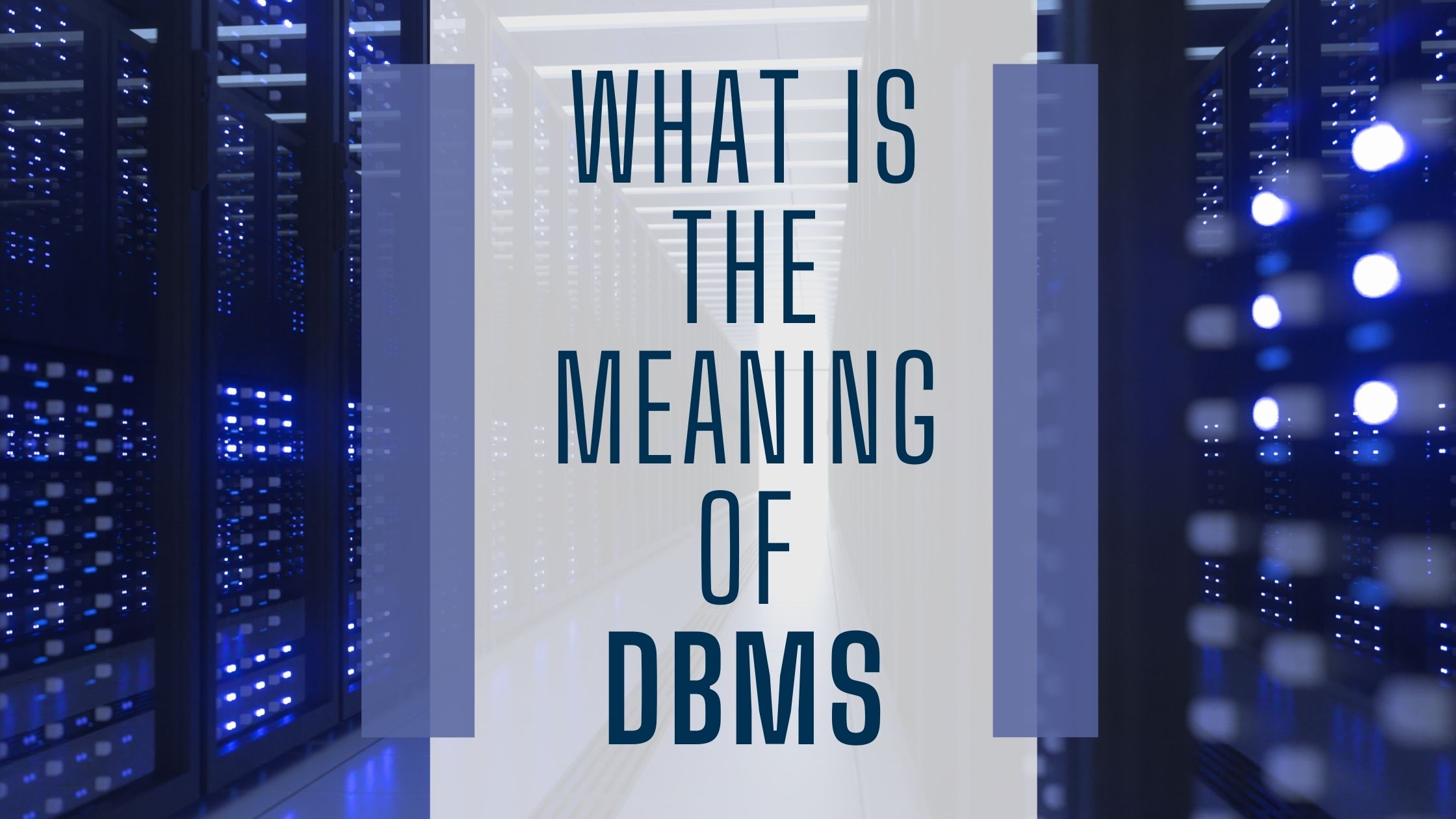Introduction:
Hello there, I hope you’re doing good. Generally, we all store our valuable things in a locker or almirah. Likewise, in the current times, data is a very valuable thing. But, where we should keep our data. Adding to this, how we can keep our data safe. Further, what is the meaning of DBMS?
In this blog, you’re gonna read about the meaning of DBMS and its history. Moreover, you’ll read about the types of DBMS at the end of the blog. Therefore, keep reading till the end of the blog.
Let’s get started..
Meaning of DBMS:
DBMS or database management system is a way to store data in a computerized keeping system. We can also define a database as a collection of inter-related records/data which is used to retrieve, insert, update and delete or run queries on data. In simple words, the database is an organized way to collect the data so that it can be easily accessed and managed.
System or DBMS provides many options or facilities to a user to perform many kinds of operations like manipulation of the data or managing the data or database structure etc.
Firstly, DBMS provides an interface to perform different-different kinds of operations like database creation, storing data, updating data, creating a table in the database, etc. Secondly, DBMS manages the data, the database engine, and the database schema, allowing for data to be manipulated or extracted by users and other programs. This helps provide data security, data integrity, concurrency, and uniform data administration procedures.
Lastly, The database management system is software that is used to manage the database.
History of DBMS:
- 1960 – It was developed in the early 1960s by Charles Bachman who designed the first DBMS system.
- 1970 – As a result, In the late 1960s, IBM developed the system based on a hierarchical database model. Further, In 1970 Edgar Codd introduced IBM’S Information Management System (IMS) which is used as a standard database system to date in many places.
- 1976 – Eventually, a new database model proposed by Peter Chen known as the Entity-relationship model or ER model. This model made it possible for designers to focus on data application, instead of logical table structure.
- 1980 – Relational Model becomes a widely accepted database component. Structured Query Language, or SQL, became the standard query language, selected by the American National Standards Institute in 1986 and the International Organization for Standardization in 1987.
- 1990 – Incorporation of object-orientation in relational DBMS. New client tools for application development were released. These included the PowerBuilder, Oracle Developer, VB, etc. The client-server model for computing became the norm for future business decisions.
- 1997 – XML applied to database processing. Many vendors begin to integrate XML into DBMS products.
- 2000– New interactive applications were developed for PDAs, point-of-sale transactions, and consolidation of vendors.
Generally, the database is used almost in each and every area of our day-to-day life. Certainly, Many powerful technologies are introduced into the database. The quick base is an online database on a relational database that gives users of any skill level the ability to create custom applications using the power of the relational database.
Download GuruKPO Plus App for online learning.
Types of databases:
There are various types of databases used for storing different varieties of data:
- Relational Database
- Distributed Database
- Object-oriented Databases
- Hierarchical Databases
- Network Databases
- NoSQL Database
- Cloud Database
Thank you for reading our blog ‘what is the meaning of DBMS’. Kindly, share it with the IT lovers. Secondly, the next blog will be a detailed explanation of the types of DBMS. Keep reading & Keep sharing.
Blog by: Ashish Sharma Sir
Department of Information & Technology

